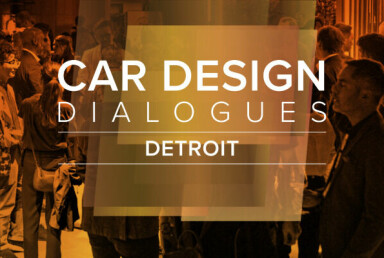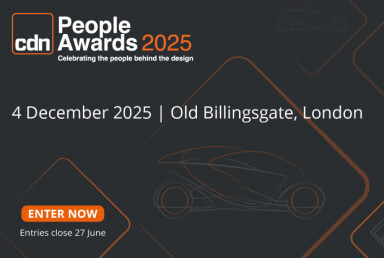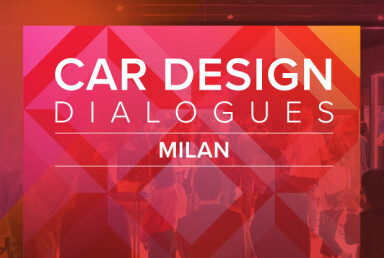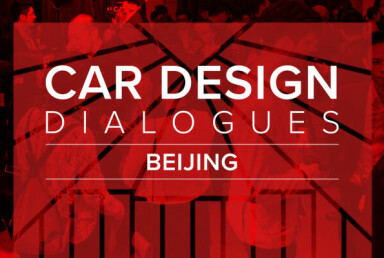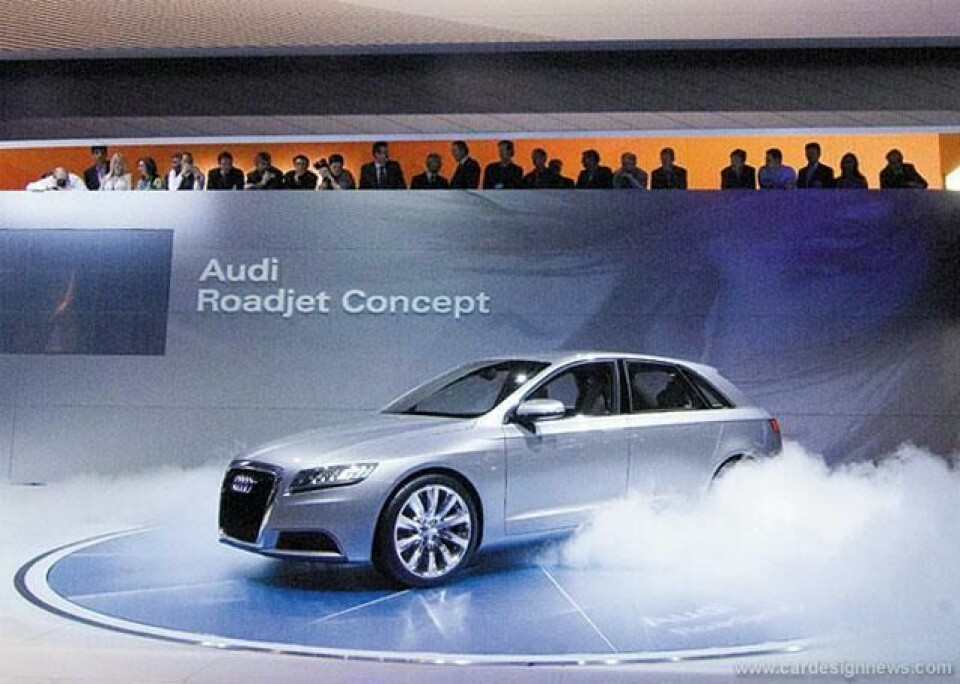
Design Review: Audi Roadjet concept
Sam Livingstone analyses the Audi Roadjet concept
Audi’s last concept car was the Shooting Brake which gives a close indication of what to expect for the next TT. The Roadjet is one step further removed from a production design, but none-the-less has a level of feasibility that suggests many of its ingredients will soon be gracing our roads. The most obvious ingredient is the new form language that has clearly been influenced by BMW with discontinuous feature lines, less voluminous surfaces and a near straight shoulder crease running parallel to the lower edge of the DLO.
The car is dominated by a huge grille that falls right to the lower edge of the front and is flanked by whisker like side air intakes (an inevitable De’Silva design feature?), and slim headlamps that pull back and up around the corners and sit within a graphic that includes small air intakes.
A side feature line running over the front fenders (perhaps reminiscent of the Quattro blisters) fades out as the side swage line starts unusually just above it, a combination that emphasises the low front of the car and or the tall cabin, and is one of the most ‘un-Audi’ elements of the Roadjet exterior.
The rear of the car is less contentious being an evolution of themes seen in the A6 Avant and Shooting Brake concept, and is most notable for its innovatively recessed surface below the lights and above the bumper.
Whilst the form language is strikingly new, if still making reference to the most recent Audi designs, one of the fundamental aspects of how Roadjet differs from similar size production Audis past and present, is in its proportions. These have been dictated by a new type of powertrain configuration for the brand, possibly similar to that pioneered by the Mercedes A-class, which enables the hood to be far lower and the front wheels to be positioned further forward than is normally possible on a car with driven front wheels.
These new proportions are a very significant semantic shift for the brand. Audis, like Citroens and Saabs, have always been and looked front engined with driven front wheels. But these subtle and significant changes, emphasised perhaps by a lot of plan shape at the front and a rear that is relatively square and long of overhang, make the car look rear wheel drive.

Click for larger images. Click for larger images





Shooting Brake concept (2005)

Audi A6 (2004)

Audi LeMans concept (2003)




Advertisement
Advertisement
Advertisement
